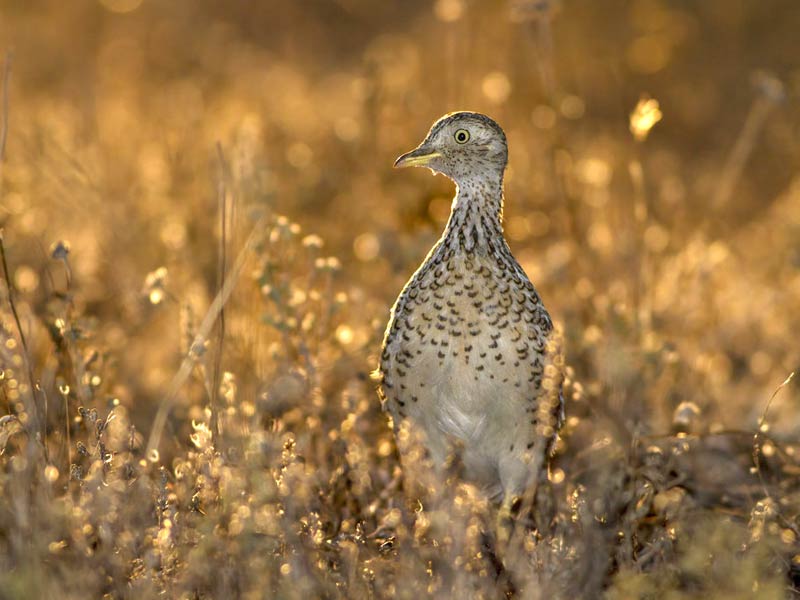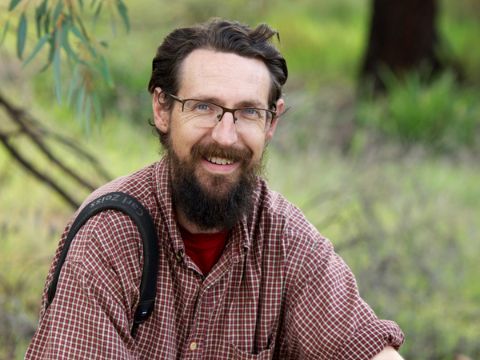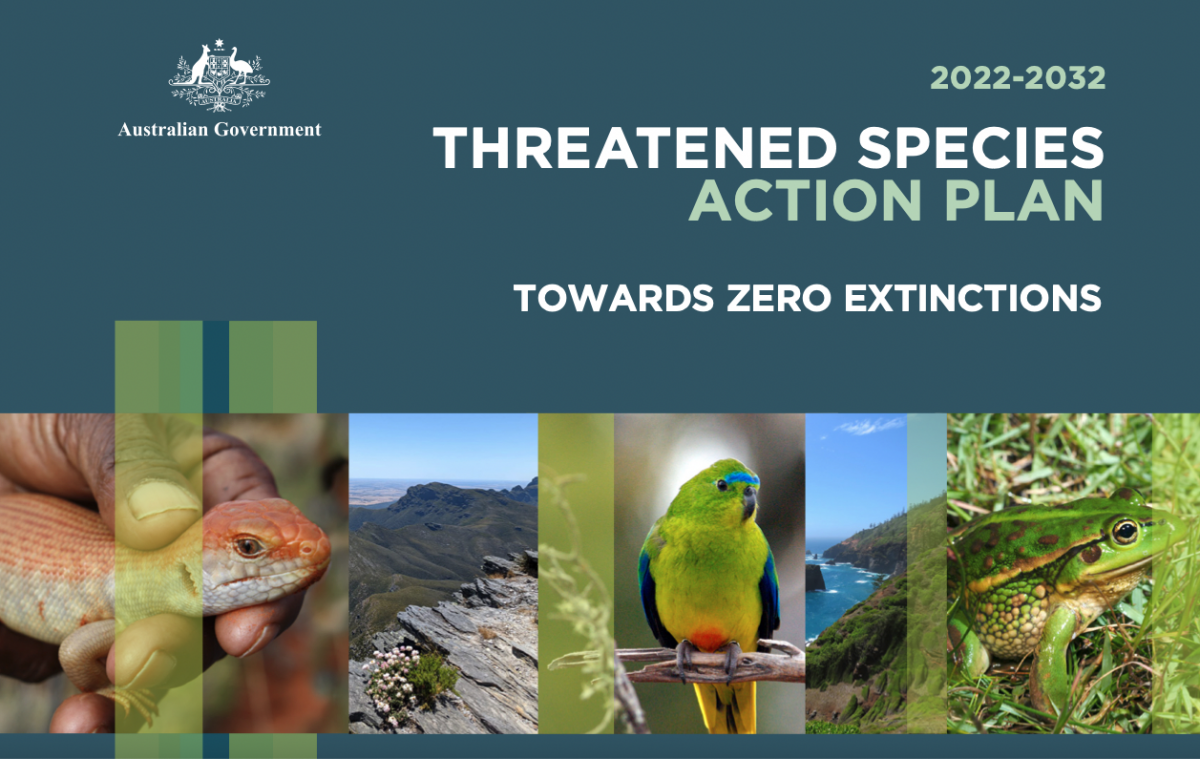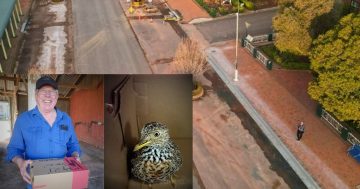
The plains-wanderer is one of the most threatened bird species in the world. Photo: Lachlan Hall.
The Federal Government has this week announced an ambitious ”zero extinctions” target to prevent the loss of any more Australian wildlife.
A quick check of the ”threatened species” listed in the Riverina reveals a depressingly long tally of 146 plants and animals.
Ornithologist Professor David Watson from CSU says several species of birds in the Riverina are currently “on their knees”.
“If there was a bird in this region that you wanted to really prioritise, it would be the plains-wanderer,” he says, describing the small, ground-dwelling bird that lives on the Hay Plains.
“They look a bit like a long-legged quail, but they are their own thing.”
There are fewer than 1000 plains-wanderers living in the wild and it is one of the most threatened bird species in the world today.
“If you think of different groups of birds, there’s parrots and pigeons and all these different groups where there’s hundreds or thousands of them around the world,” Professor Watson explains.
“The plains-wanderer is the only member of its whole family, it’s just this one little dude that hangs around on the Hay Plains and so if that species goes extinct, not only do we lose the species, but we lose that entire branch of the tree of life.”

Professor David Watson from CSU says more money needs to be invested to save our wildlife from extinction. Photo: CSU.
The Federal Government’s zero extinctions target is part of a 10-year plan that focuses on 110 species and 20 locations.
While Professor Watson says he’s pleased to see it on the Government’s radar, he’ll wait until it puts its money where its mouth is.
“Look, it’s a great aspiration and this is good news, but let’s just wait and see, you know, how the resourcing translates,” he says, emphasising that at least another zero needs to be added to the current funding.
“The current $224 million is just not enough because we know that number needs to be more than a billion a year.”
He cites a 2019 study, Spending to save: What will it cost to halt Australia’s extinction crisis?, which has crunched the numbers and compared Australian spending to international programs.
The study found that Australian governments spend “around one-tenth of that spent by the US endangered species recovery program, and about 15 per cent of what is needed to avoid extinctions and recover threatened species”.
“It needs decent new money to be thrown at this and in a very strategic way,” says Professor Watson.
“They can use all that hard work that my colleagues have done, working out which priorities, which regions, which species and doing it region by region, then we will start to actually stop extinctions rather than just talk about it.”

The Federal Government has announced a zero extinctions target. Photo: Supplied.
In terms of practical steps that we can take here in the Riverina to preserve our threatened species, Professor Watson says controlling cats is vital.
“They eat wildlife and for every little mouse or lizard they eat, they scratch another dozen or two and they all die,” he says, explaining that Australia has no history of predators with sheathed claws.
“If you want to do a good thing for wildlife conservation in Australia, keep your cat inside.”
He adds that while conservation-driven farmers do much of the heavy lifting in terms of preserving habitats, residents in towns and cities also have a part to play.
“Our towns and cities are just as much a haven for wildlife as national parks and I think we’re seeing this more and more with the heatwaves,” he says.
“Just setting aside some water, having some piles of sticks and stuff down in the back corner where lizards and insects can do their thing.
”Those might sound tokenistic, but those sorts of actions magnified at the suburban scale, at the town scale and then across whole regions will stop populations from blinking into extinction.”









